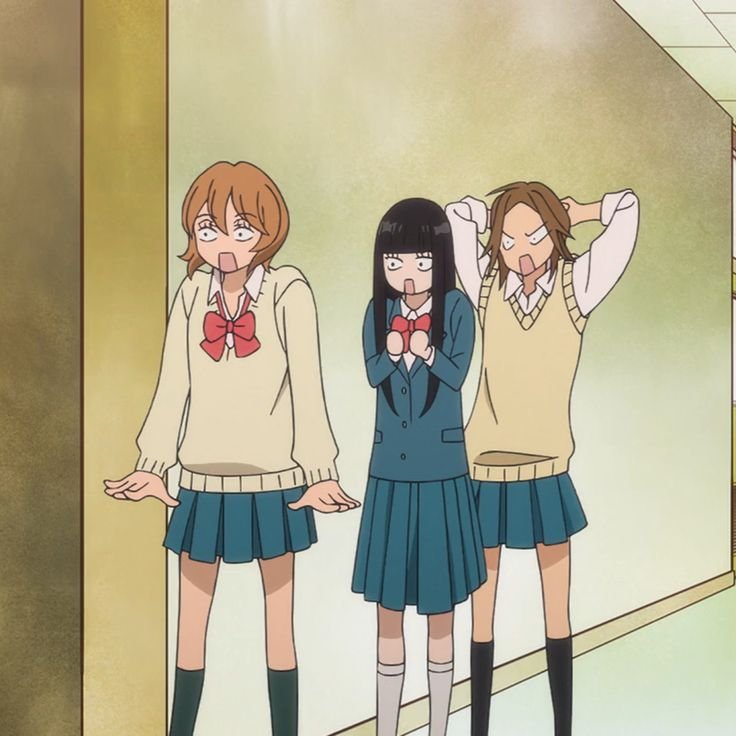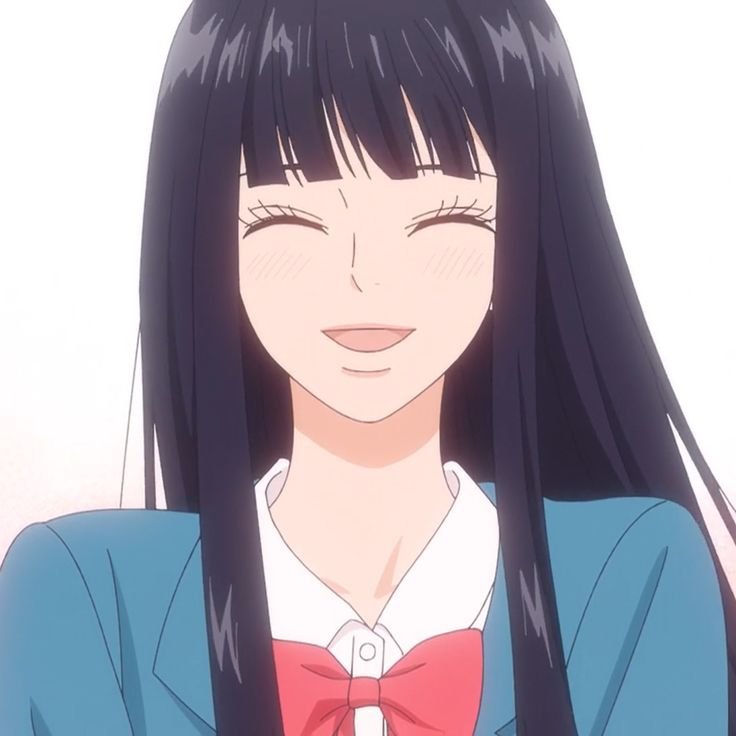The Evolution of Love and Life with Kimi Ni Todoke
At 20 years old, I find myself revisiting the third season of Kimi Ni Todoke after its 13-year hiatus, now at a different stage in life. Netflix released the third season of this show in August, with the last two seasons being released in 2011. The show follows a main character, Sawako Kuronuma, who grows into herself as she makes new friends in high school.
It feels surreal, as if it were only yesterday that I was 17, binging the first two seasons during quarantine. Back then, the world felt uncertain, and so did I. Watching Sawako come out of her shell and learn to fully embrace her awkward teenage feelings comforted an emotionally guarded, 17-year-old me.
Image Courtesy: Pinterest
I was always that shy kid that did not speak unless I was called on in class. Back then, watching Sawako struggle with speaking to classmates felt like I was watching an animation of my own life play out—having so much to say but not knowing when to speak. Three years later, just like Sawako, I have grown into myself. I love spending time with people and talking for hours, even if it’s about something random like why I passionately dislike cilantro.
My first experiences with love happened around the time I first watched the show, and like Sawako, I had no idea how to express this new feeling. Sawako was navigating her feelings for Kazehaya, who was kind and popular, making her unsure of how to approach him. I didn’t even fully understand my own emotions, let alone how to articulate them to someone I liked. Every interaction felt like a puzzle—overanalyzing every text, worrying about coming across as overbearing and hoping the other person would just somehow know what I was thinking. I was so caught up in my head that every thought about him turned into a full-on committee meeting with all of my conflicting opinions chiming in…except the meeting was just with me, myself, and I.
Image Courtesy: Pinterest
One of Sawako’s biggest weaknesses was her inability to properly express her feelings, which contributed to the constant miscommunication between her and Kazehaya. This often led to misunderstandings, as Kazehaya struggled to decipher Sawako’s true intentions because she was confused herself. It was so obvious that they had feelings for each other, but their communication was a trainwreck. I remember watching scenes where Sawako would assume that Kazehaya did not like her after seeing him interact with another girl and thinking, why couldn’t she just ask him why he was speaking to the other girl?
Image Courtesy: Pinterest
Honestly, the right answer seems obvious when watching as a third person looking in, but 17-year-old me was just as lost as Sawako when it came to applying those lessons to my own relationships. I, too, struggled with fear of vulnerability—afraid to say exactly how I felt in case I was making a fool of myself the entire time. Like Sawako, I realized how much this fear held me back from fully embracing my desire for connection.
Image Courtesy: Pinterest
Three years later, Sawako and I have grown. We’ve learned that it’s okay to unapologetically express your feelings or not have everything figured out, and that leaning into the fear of the unknown could even work to your advantage. “Kimi Ni Todoke” reminds me that love, friendships and awkward misunderstandings are all part of everyone’s coming of age stories.
Image Courtesy: Pinterest
Even though I am no longer that shy, overthinking 17-year-old, revisiting that show through the new season at age 20 still brings back those feelings of uncertainty—and a newfound ability to look back and see how far I’ve come.
Strike out,
Writer: Melody Gu
Editor: Naina Chauhan
Melody Gu is a writer for Strike Magazine Gainesville. She spends her free time thrifting, making a playlist for every new emotion experienced, or quenching her thirst for a matcha latte with oat milk. You can reach out to her on Instagram @melodyygu or by email at melodygu8@gmail.com.





